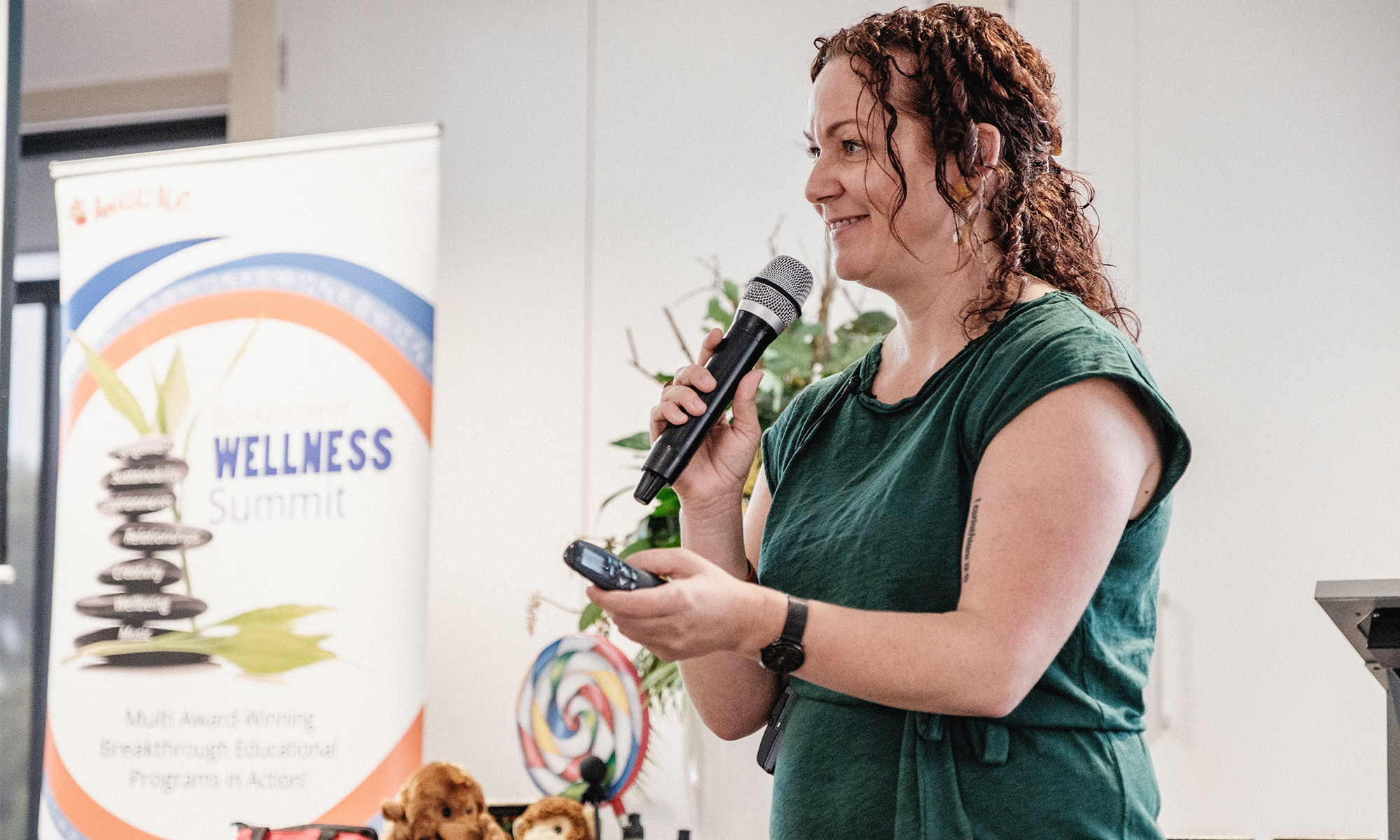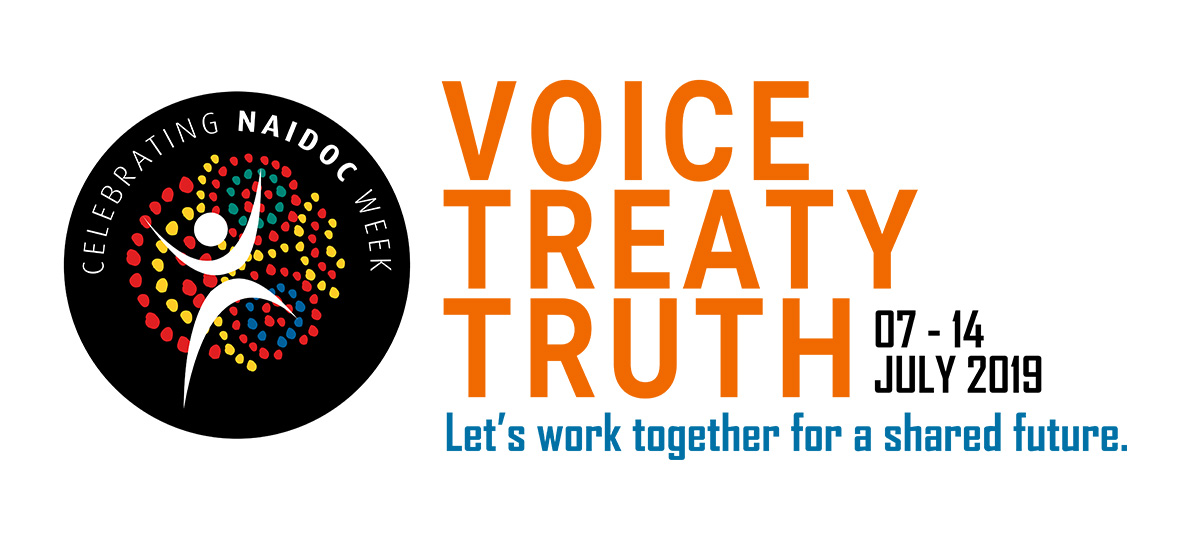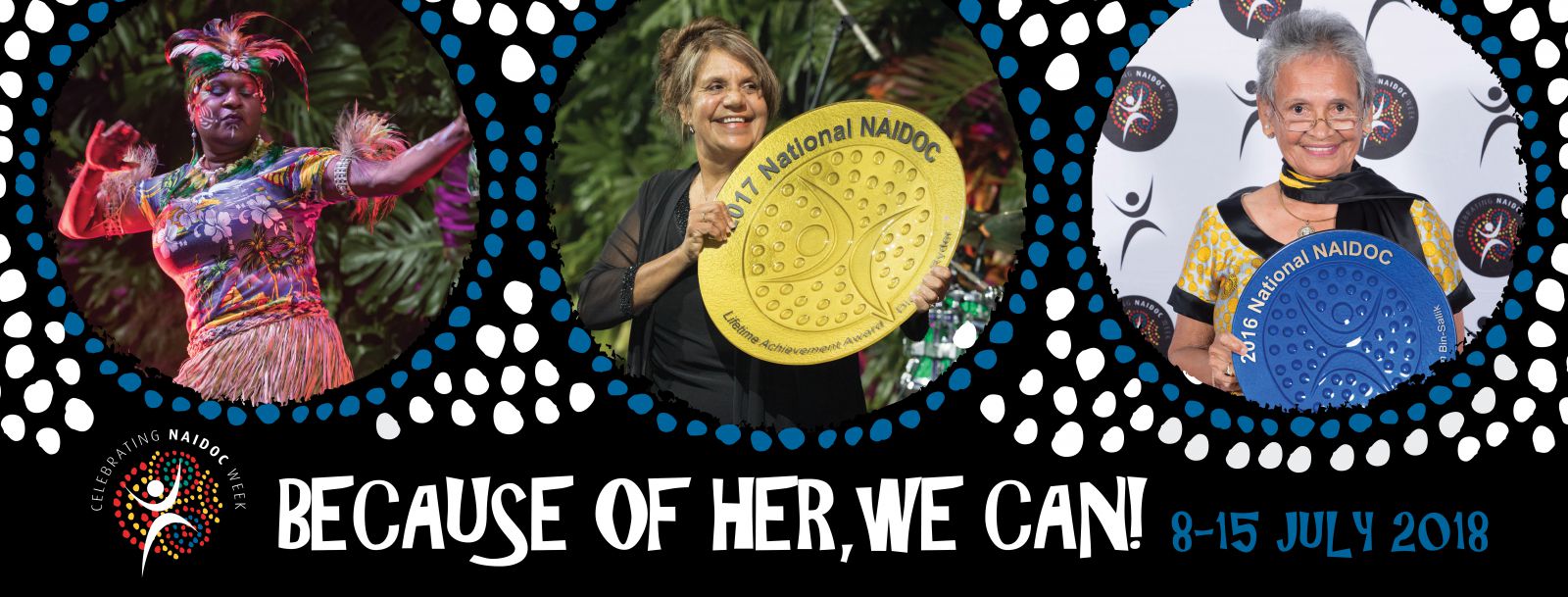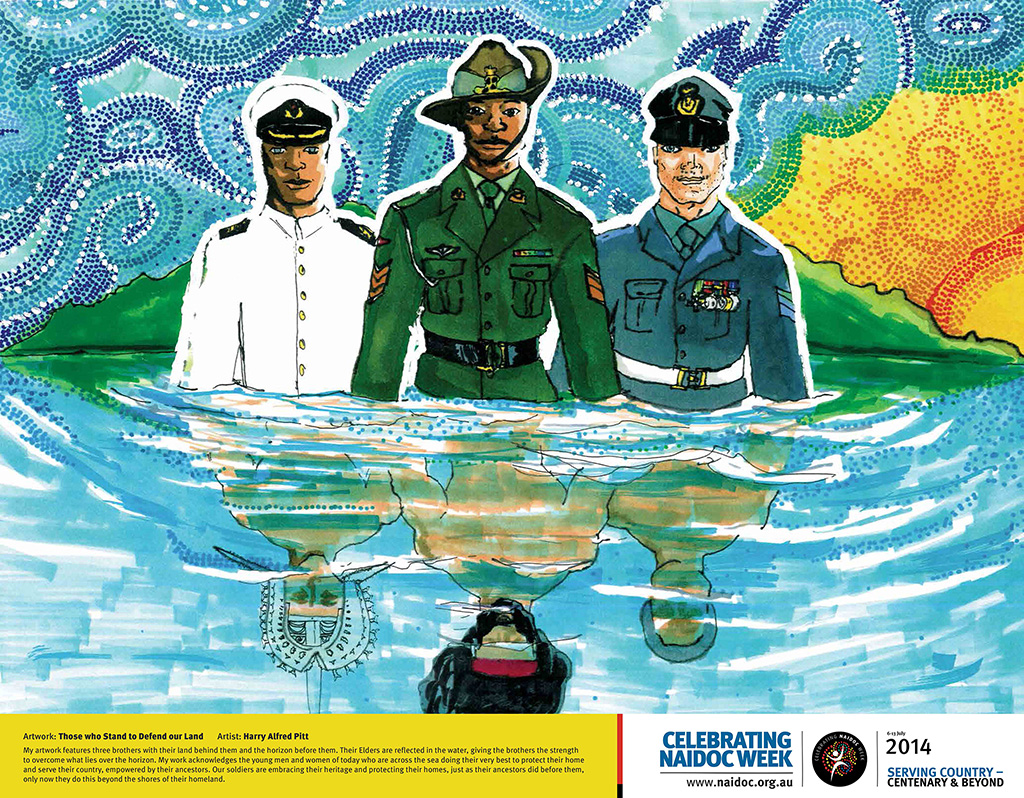NAIDOC Week is upon us from 7 – 14 July, 2019 with this year’s theme: Voice. Treaty. Truth. Let’s work together for a shared future. This theme represents the need for Australia’s democracy to have an enhanced Aboriginal and Torres Strait Islander voice and presence. This will ensure that everyone’s voices are heard and everyone has a say in our shared future, as well as acknowledging our shared past.
Acknowledging NAIDOC Week in early childhood is important for two reasons. Firstly, Aboriginal and Torres Strait Islander children deserve to see their identities and culture reflected in their education. We believe in shining a light on all cultures and celebrating them in centres, to help broaden children’s view of the world. Children will also develop an appreciation of our many differences, but also our similarities no matter where we are from or what we look like. Secondly, all children deserve to be able to develop an understanding that Australia’s Aboriginal and Torres Strait Islander people and culture is one of the oldest in the world. We are very lucky to share in this beautiful country and its remarkable history.
How to celebrate NAIDOC Week 2019
You can celebrate NAIDOC Week any way you wish. One approach is to take a broader look at Indigenous Australia, exploring land, art, language and music.
The NAIDOC website suggests a few points on how you can go about celebrating:
- Invite elders or others to talk about local sacred sites or Indigenous culture
- Learn the traditional names and stories for places, mountains, rivers etc around your region
To celebrate Indigenous culture in a more general sense you might like to:
- Read a Dreamtime story
- Create your own Aboriginal art
- Listen to Indigenous music
- Take children to visit local Indigenous sites of significance or interest if possible
Alternatively, you might like to focus on this year’s theme, which centres on the power of having a voice. This might encourage you to look at how we use our own voices to shape our worlds and how we all deserve to be heard.
Expanding our knowledge and understanding of our history and culture is such a special part of learning and being Australian we have a rich Indigenous history that deserves to be recognised and celebrated. Take the opportunity to do just that this NAIDOC Week.



